Tips for preventing and controlling pests and diseases in gardening at home: Symptoms of the most common pests and diseases in gardening and effective prevention and control methods
Indoor flowers and green plants can decorate our living and office space, relieve stress, and are a good hobby. However, it is easy to encounter diseases and insect pests in flower cultivation. How to make good use of flowers to beautify our lives and make the flowers at home colorful, the prevention and control of diseases and insect pests is an important part of it. Family flower cultivation is limited by time and place, so the prevention and control of diseases and insect pests is different from cultivation under other conditions. The principle of disease and insect pest control is "prevention first, comprehensive prevention and control", "prevention" is the main, and "treatment" is secondary. How can we achieve this goal, and what are some good and effective prevention and control methods? The editor summarizes the symptoms and effective prevention and control methods of several of the most common diseases and insect pests in flower cultivation, and the tips will be explained immediately.
Aphid disease
Aphids are a group of plant-eating insects that usually live on the underside or sides of leaves. They can stunt plant growth, causing bending, twisting, leaf spots, yellowing, curling, reduced growth, wilting, and death. They are more common in spring and fall.
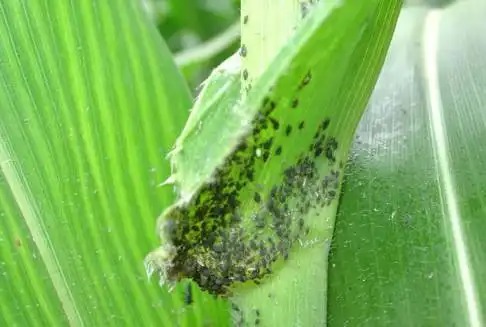
Solution:
1. Aphids need to be removed with a cotton swab or pinched off directly with your hands.
2. If the insect infestation is not serious, you can use insecticide or soapy water to rub the insect-infested areas. If the infestation is serious, you need to use drugs such as Flower Protector or Aphid and Lice Cleaner and spray them according to the indicated dosage.
powdery mildew
Powdery mildew is a very common disease on plants. Chrysanthemums, Chinese roses, roses, impatiens and other flowers are easily infected. Flowers infected with powdery mildew will have a white powder layer on their leaves, and the leaves will be wrinkled and uneven, curling outwards, with slightly yellow tips, and in severe cases, the leaves will be covered with small black spots.
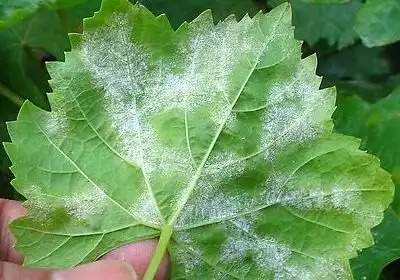
Solution:
1. Clean the infected leaves to avoid infection.
2. Spraying. Chlorothalonil, thiophanate-methyl and mancozeb are all good choices. Dilute them according to the proportion indicated on the medicine, and then spray them on the surface of the infected leaves. At the same time, spray them on the soil of the flowers to prevent the bacteria from multiplying in the soil.
3. Powdery mildew prefers moist and humid environments, so be sure to maintain ventilation and prune flowers in time to prevent powdery mildew from invading again.
Scale Insect Disease
They usually appear on the lower part of the plant, either on the stems or leaves.
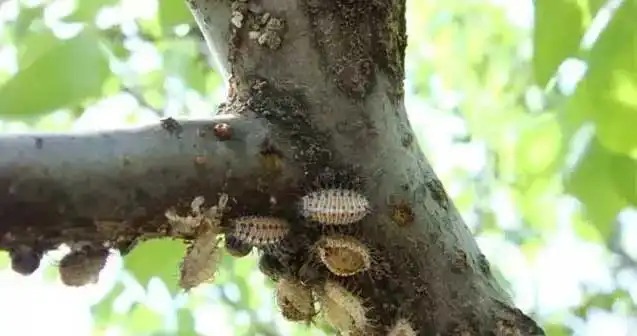
Solution:
1. Use a toothpick or rinse it off with strong water flow, and isolate it to prevent it from spreading to other flowers.
2. If the situation is not serious, you can use water and alcohol solution to scrub it to completely kill insects and sterilize.
3. If the situation is serious, you need to spray with insecticides such as cypermethrin or flower protector, and then pay attention to ventilation and moisturizing, and avoid exposure to the sun.
Spider mite disease/red spider disease
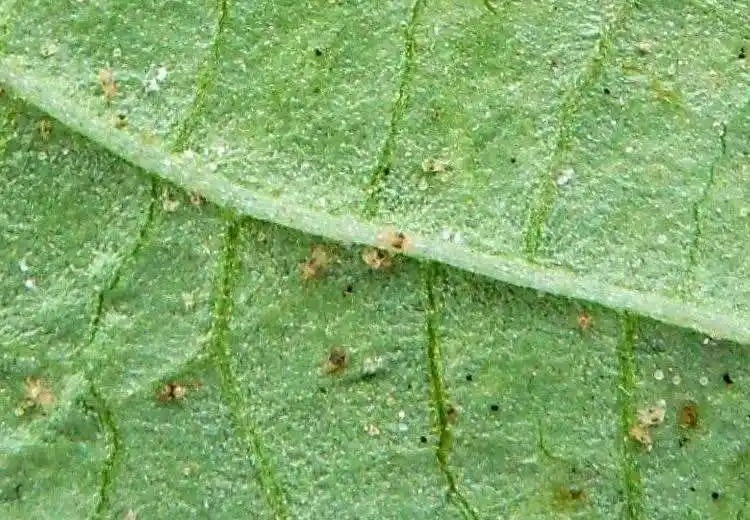
Spider mites, also known as red spider mite disease, are a pest that many flowers and plants are infected with. Spider mites are very small, less than one millimeter long, and difficult to detect. They mainly exist on the leaves and stems of plants, causing the leaves to twist and turn yellow, causing the leaves to fall off, and in severe cases even causing the death of flowers.
Solution:
1. After infection, remove the leaves immediately and wipe the remaining leaves to prevent the pest from spreading.
2. When the pest is serious, spray the insecticide in time, and spray both sides of the leaves. Manitoba, Cetirizine, Avidaman, etc. are all suitable choices, and can be used according to the instructions.
Sooty Disease
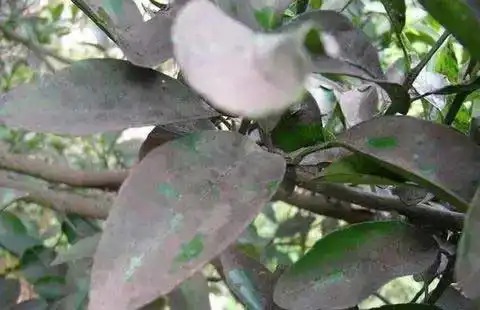
Sooty mold is one of the common plant diseases that affects the photosynthesis of plants. It often occurs in many flowers such as crape myrtle, peony, camellia, and Milan. Small brown, gray or black mold spots will appear on the leaf surface of the diseased flowers, and then expand and connect, so that the entire leaf surface and tender shoots are covered with a black mold layer, which affects the photosynthesis of the flowers and eventually withers and dies.
Solution:
1. In the early stage of the disease, you can spray Ureajing, Carbendazim, etc. to prevent the outbreak of bacteria.
2. We should strengthen insecticide and sterilization in normal times, especially in the hot summer season, and pay more attention.
3. Pay attention to providing flowers with a good ventilation environment, avoid high temperature and high humidity, and do not create a breeding ground for diseases.
anthrax
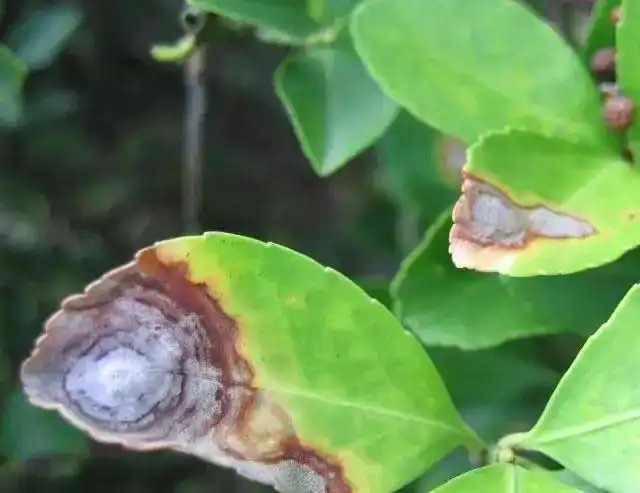
A common disease of flower plants, it mainly attacks the leaves of plants and sometimes also their stems. It mainly harms flower plants such as crabapple, jasmine, aloe, and Milan. Small round or oval reddish-brown spots appear on the leaves, which then expand into dark brown circular spots. In severe cases, perforations may form, and the leaves are very likely to fall off or even die.
Solution:
1. Clean the diseased leaves in time at the early stage of the disease and burn the diseased parts in time to prevent the spread.
2. After the disease spreads, you can choose to spray methyl thiophanate or thiophanate-methyl solution once a week or so, and for about three consecutive times, the situation will improve.
3. Make sure to maintain good ventilation and do not place flowers too densely.